This post may contain affiliate links. See my disclaimer for more information.
Updated in 2019.
Micro-investing is the purchase of stocks, bonds, ETFs, or other sorts of investments at a much lower cost than if one was to go with a traditional broker.
The main purpose of micro-investing is to remove the barriers that keep people from investing – things like exorbitant fees, commissions, minimum deposits, and high purchase price.
This is mainly done through one of two ways (and sometimes both):
- Offering investors the ability to purchase fractional shares of stocks and ETFs
2. Offering investors the ability to purchase individual shares of stocks without charging fees
If our goal is to micro-invest, there are a variety of platforms we can use; most principally with that thing we have firmly attached to our hands 99% of the time – our phones.
I’m going to highlight three of the major ones here.
While they all have their own advantages, choosing the right platform will depend on three things; the amount we can afford to invest, what we want to invest in, and our expectations of the trading platform.
IF YOU WANNA START SMALL
ACORNS
Acorns is perfect for the complete noob invester. It has a crazy low investment price of just $5, and it allows for small amounts to be deposited or withdrawn at any time with no added fee. It can be funded with recurring investments, the random “thumb to stock drunk-hookup” (yes, it’s a thing) or the change resulted from rounding up your debit/credit card purchases to the nearest dollar.
Acorns charges $1 a month for accounts worth less than $5,000.00; accounts greater than $5,000.00 are charged a fee of 0.25%.
While Acorns‘ claim to fame is helping the average person invest, it’s still a relative ‘tiny fish in a giant-ass-pond’ compared to traditional brokerage firms in terms of what they offer. There’s no trading platform whatsoever, so you can’t buy anything other than the six different ETFs Acorns offers, and these are only offered within five different portfolios that adjust their allocations based on risk tolerance. You can’t configure the portfolios in any way.
Here’s a list of the ETFs Acorns offers.
These features are both a blessing and a curse. While the new investor type will probably feel at ease with how little knowledge is required to invest, someone with even a modicum of interest in investing will not find much help here besides some articles and a very basic graph.
Verdict: Acorns is perfect if we’re more interested in contributing very small investment amounts over time while also wanting to be completely hands off and know nothing about investing.
Join Acorns and we’ll both get $5 when you sign up! Use my link here!
GO A LITTLE BIGGER
STASH
Stash is set up pretty similarly to Acorns, besides lacking the “invest-the-rounded-up-change” gimmick. You can still purchase fractional shares starting at $5, with no commission, trading, or withdrawal or deposit fees. Recurring investments can also be configured.
Stash’s fee structure is identical to Acorns – $1 a month for accounts under $5,000.00; accounts greater than $5,000.00 are charged 0.25%.
While you still buy fractional shares of ETFs starting at $5, Stash is a little different in that it lets you configure your portfolio yourself – admittedly, still in a somewhat limited fashion. Stash offers investors the ability to purchase over 30 different ETFs that track an index, which are then given a name and description to help the average investor understand them.
For example, the “Blue Chips” investment profile offered by Stash tracks the Vanguard Mega Cap ETF (MGC) index, and as such holds stocks from a few hundred of the major U.S. companies, such as Microsoft, Apple and Exxon.
Here’s a couple more examples of their investment profiles:

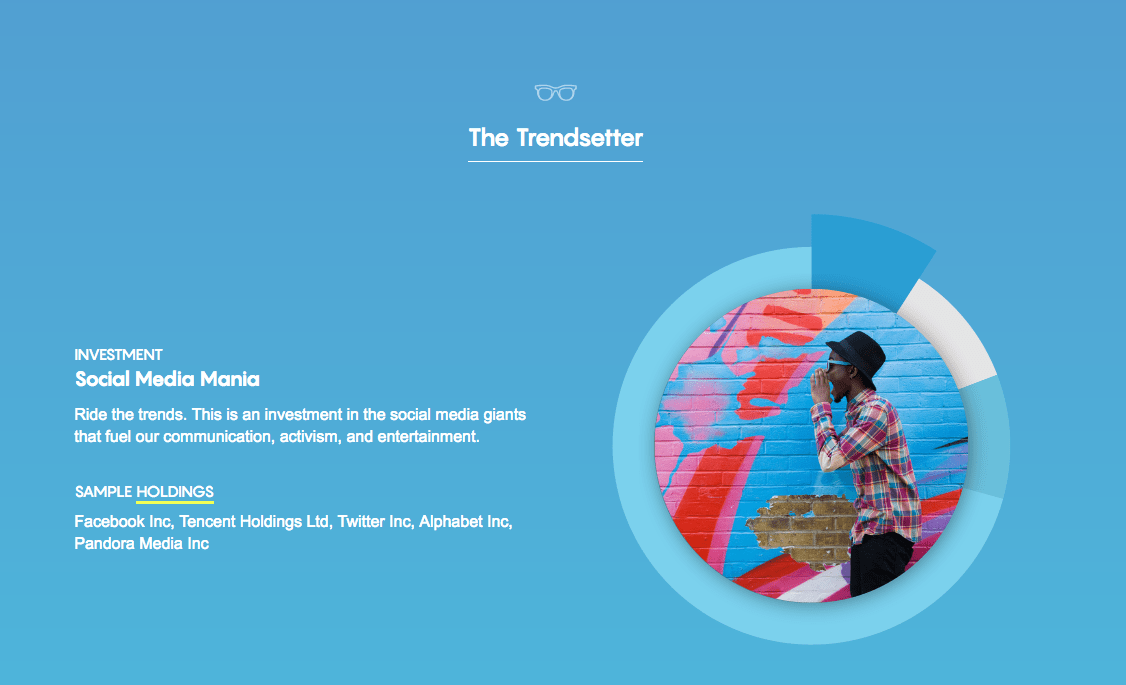
Here’s a list of all the investment profiles Stash offers.
Stash does offer a greater variety of investment profiles, and thus, companies to invest in than Acorns.
While stash makes it easy to invest, because they offer a wider variety of ETFs, I believe more knowledge is required than if one was using Acorns.
Fortunately, they do offer a wide variety of information one can get from their site, like ETF prospectuses, investment profiles, etc., though being able to read and understand these documents requires more investing knowledge.
Verdict: Stash is the way to go if you still want to invest small, but would rather have a little more control over your portfolio than Acorns (and know a little more than nothing about investing).
YOU’RE PRACTICALLY AN INVESTOR
ROBINHOOD 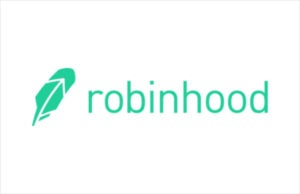
Robinhood is a new app that is also slightly different than Acorns and Stash, but perhaps the most straightforward. Instead of buying fractional shares of pre-picked ETFs, Robinhood operates an online trading platform where you can purchase entire shares of more than 5000 individual companies’ stocks and major ETFs. Trades can start as low as any major stock listed on their exchange, which includes stocks like Sirius (SIRI), which currently trades for about $5.
There are no fees for trading, and depositing and withdrawing money is absolutely free.
The exchange operates like most others in the United States; it opens at 9 am and closes at 6pm, though they do offer a paid service called “Robinhood Gold” that offers a few extra benefits, including the ability to place trades outside of normal market times.
Here’s some info on the securities Robinhood offers.
One of the major downsides of Robinhood is that it literally cannot be used on a desktop. If you go to their site, you’ll be redirected to using their app. For someone who’s young enough that he grew up with both the desktop computer and modern cellphones, I find this irksome. Granted, it’s most likely the reason they are even able to exist, but for me, it’s somewhat frustrating not being able to hop onto an actual computer.
*This year Robinhood upgraded their platform and allows desktop use. I’ve not used it myself but that’s definitely a good thing.
Because Robinhood only offers the ability to trade most U.S. equities and ETFs individually and not as an overall investment “profile” like Stash, it’s crucial to have at least the most basic investing knowledge and experience.
Verdict: Robinhood is for you if you want to choose exactly what you own and want to do it at a low cost.
Join Robinhood and we’ll both get one FREE share of a random stock at sign up! Use my link here!
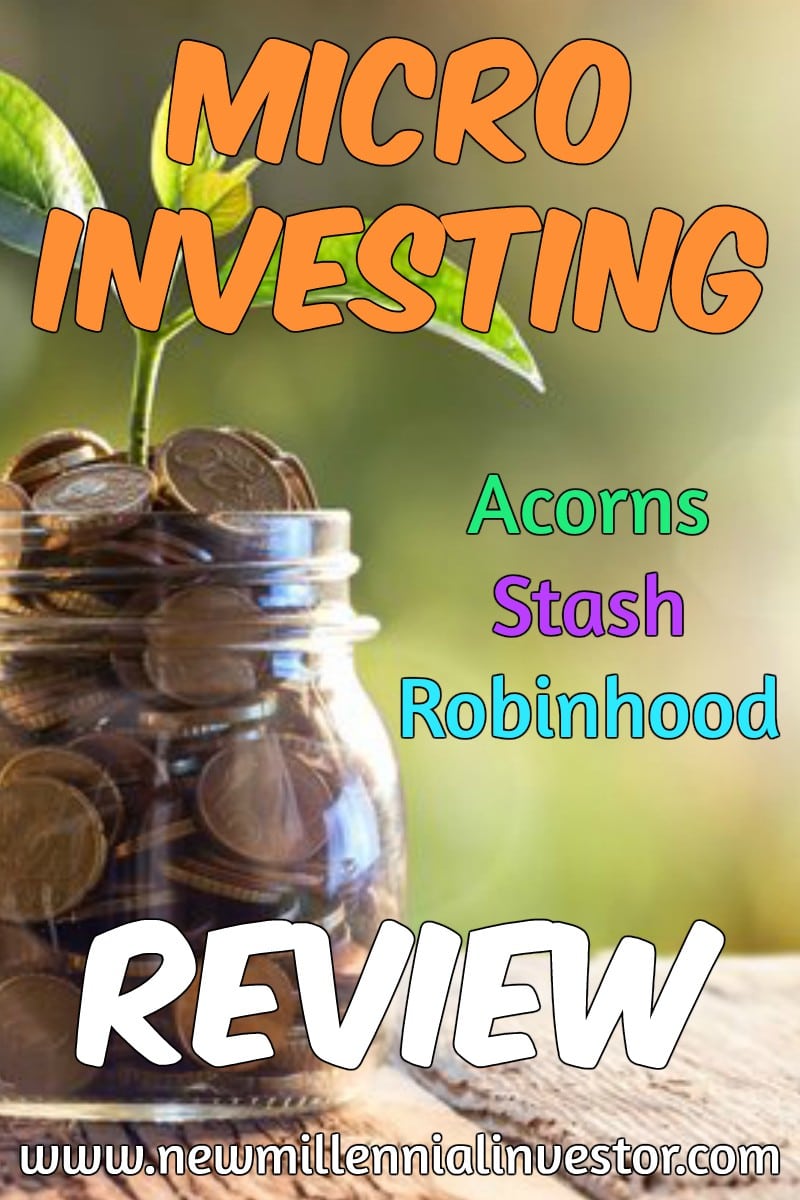
CONCLUSION
I think the concept of micro-investing is interesting, and I think it has some great features for the total noob investor, including free trading, no commission fees, and no purchase minimums – things that scare the average person away from investing.
Any time a person decides to take control of their financial life and begins to invest is a wonderful thing, whatever the cause.
That being said, I don’t think these apps should be looked at as the “be-all-end-all” of investing. While they have some great features, they do fall short in other ways: e.g., they don’t offer retirement accounts, they have a very limited stock and ETF choice, etc.
While I suspect these apps will get otherwise investing-weary people to start, it seems too early to know if these will convert average investors into full time ones. Ideally, these apps would be used as more of a stepping stone before moving to a larger, more traditional brokerage firm such as Vanguard – one that can offer a more complete investing platform (I use them myself).
VERDICT: Micro-investing is the perfect platform for people just wanting to dip their toe into the market.
While it’s not without its limitations, if you have five bucks to spare and have no investing experience, it may be worth wading into the investing kiddie pool.
– NMI
*All information here was gathered from the companies’ respective websites. This post contains affiliate links. Check out my disclaimer for more information.
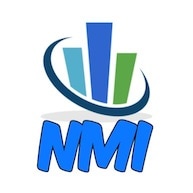
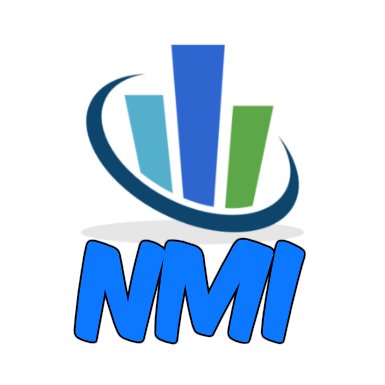



Leave a Reply